The News
Gurobi Optimization released its 2025 State of Mathematical Optimization Report, highlighting how enterprises are adopting optimization alongside generative AI (GenAI) and machine learning to solve strategic and operational challenges. The report shows growing experimentation with GenAI integration and persistent demand for optimization professionals.
Analyst Take
Mathematical optimization has long been critical for industries like finance, logistics, and manufacturing. What’s new in 2025 is its intersection with AI. While only 6% of organizations currently combine optimization with GenAI, nearly a quarter are actively experimenting, and another 30% are interested but not yet started. Developers are increasingly expected to bridge optimization engines, ML models, and AI assistants into production-ready pipelines.
The Emerging AI + Optimization Synergy
The survey shows 41% of respondents expect GenAI to play a significant role in decision-making within two years. That aligns with the rise of agentic AI, or systems that combine reasoning, optimization, and data-driven actions. For developers, the opportunity lies in new use cases such as:
- Model generation and code assistance (51%): using LLMs to draft optimization models faster.
- Business user interfaces (45%): enabling non-technical users to interact with optimization through natural language.
- Scenario design automation (42%): streamlining “what-if” modeling at scale.
- Data preparation and problem framing (41%): reducing developer time spent on upfront modeling tasks.
These overlaps mirror industry adoption curves where 89.6% of developers already report using AI-based tools in their workflows.
Optimization Standards Are Changing
Optimization has been the domain of specialists working with solver APIs, domain-specific languages, and tightly coupled machine learning pipelines. Integration with business workflows often required custom interfaces or ETL pipelines. Developers frequently cite skill gaps (27.5%) and complexity (24%) as barriers to operationalizing advanced analytics. This has limited the speed at which optimization could be embedded into applications.
The report points to a shift where GenAI-driven interfaces could lower barriers for broader teams to access optimization. Developers may soon focus less on manually encoding models and more on governing, validating, and scaling AI-assisted optimization systems. This doesn’t eliminate the need for optimization expertise, but it changes the workflow from manual coding to collaborative AI-assisted modeling. As optimization becomes increasingly embedded in enterprise decision systems, developers will need to prioritize governance, observability, and reproducibility, areas where our Day 1 and Day 2 research shows organizations are already investing heavily.
Looking Ahead
Optimization combined with GenAI could become a cornerstone of decision intelligence platforms. The move from experimentation to production will depend on developer readiness, data quality, and integration frameworks. With 81% of organizations already combining optimization and machine learning for projects, GenAI is the next logical extension.
The report validates market demand for blending optimization with AI-native approaches. Gurobi is placing itself at the intersection of mathematical rigor and generative adaptability, a space where developers will need robust, vendor-neutral tools to accelerate use cases while maintaining trust and compliance. As the market matures, expect more frameworks that allow developers to integrate optimization, ML, and GenAI seamlessly into enterprise applications.








